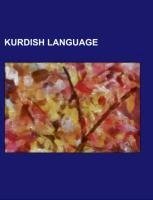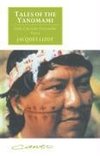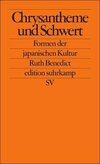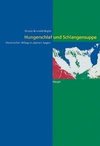
-
 Anglický jazyk
Anglický jazyk
Kurdish language
Autor: Source: Wikipedia
Source: Wikipedia. Pages: 32. Chapters: Abduyi dialect, Bible translations into Kurdish, Feylis, Feyli dialect, Goran (Kurdish name), Iraqi Academy of Sciences, Kermashani Kurdish dialect, Korouni dialect, Kurdish alphabets, Kurdish dialects, Kurdish grammar,... Viac o knihe
Na objednávku, dodanie 2-4 týždne
15.21 €
bežná cena: 16.90 €
O knihe
Source: Wikipedia. Pages: 32. Chapters: Abduyi dialect, Bible translations into Kurdish, Feylis, Feyli dialect, Goran (Kurdish name), Iraqi Academy of Sciences, Kermashani Kurdish dialect, Korouni dialect, Kurdish alphabets, Kurdish dialects, Kurdish grammar, Kurdish Language Academy in Iran, Kurdish literature, Kurmanji, Laki language, List of countries by Kurdish-speaking population, List of Kurdish-language television channels, Mahaki dialect, Michael L. Chyet, Shakaki dialect, Soranî, Sorani grammar, Southern Kurdish, Yazidi, Yazidi Black Book, Yazidi Book of Revelation. Excerpt: The Yazidi (also Yezidi, Kurdish: ¿¿¿¿¿¿ or Êzidî) are a Kurdish ethnoreligious group with Indo-Iranian roots. They currently live primarily in the Nineveh Province of northern Iraq. Additional communities in Transcaucasia, Armenia, Turkey, and Syria have been in decline since the 1990s, their members having emigrated to Europe, especially to Germany. Their religion, Yazidism, is a branch of Yazdânism, and is seen as a highly syncretic complex of local Kurdish beliefs that contains Zoroastrian elements and Islamic Sufi doctrine introduced to the area by Sheikh Adi ibn Musafir in the 12th century. The Yazidi believe in God as creator of the world, which he placed under the care of seven holy beings or angels, the chief of whom is Melek Taus, the Peacock Angel. Yazidi leaders and Chaldean clergymen meeting in Mesopotamia, 19th century.Historically, the Yazidi lived primarily in communities in locales that are in present day Iraq, Syria, and Turkey, and also had significant numbers in Armenia and Georgia. However, events since the 20th century have resulted in considerable demographic shift in these areas as well as mass emigration. As a result population estimates are unclear in many regions, and estimates of the size of the total population vary. The bulk of the Yazidi population lives in Iraq, where they make up an important Iraqi minority community. Estimates of the size of these communities vary significantly, between 70,000 and 500,000. They are particularly concentrated in northern Iraq in the Nineveh Province. The two biggest communities are in Shekhan, northeast of Mosul, and in Sinjar, at the Syrian border 80 kilometers west of Mosul. In Shekhan is the shrine of Sheikh Adi ibn Musafir at Lalish. During the 20th century the Shekhan community struggled for dominance with the more conservative Sinjar community. The demographic profile is likely to have changed considerably since the start of the Iraq War in 2003 and the fall of Saddam Hussein's regime. Yazidi in
- Vydavateľstvo: Books LLC, Reference Series
- Rok vydania: 2020
- Formát: Paperback
- Rozmer: 246 x 189 mm
- Jazyk: Anglický jazyk
- ISBN: 9781157605898




 Nemecký jazyk
Nemecký jazyk 






